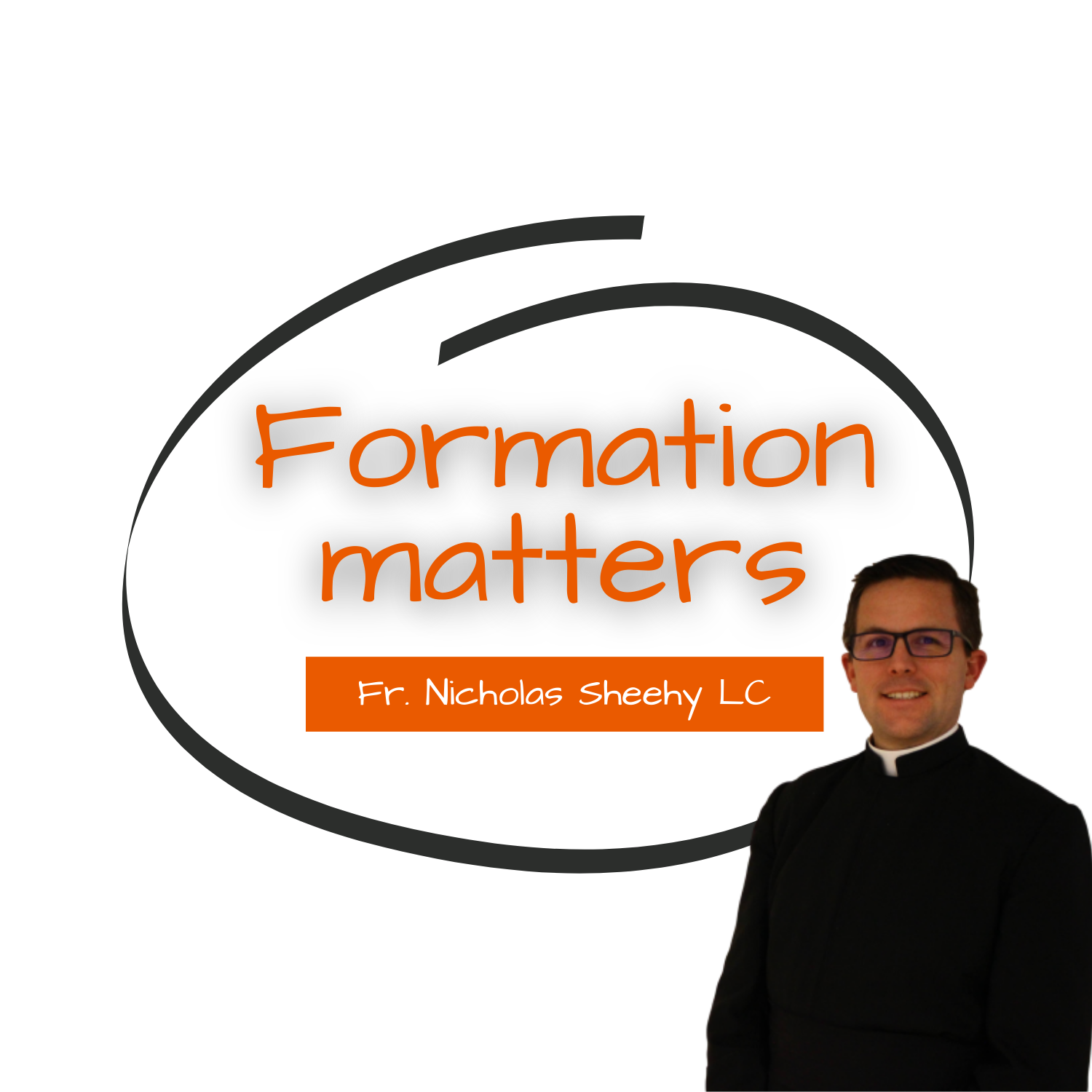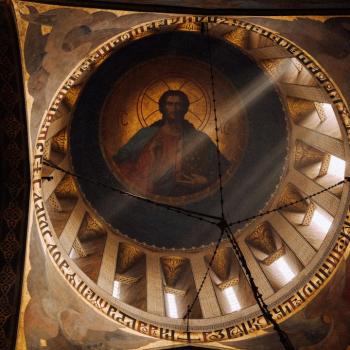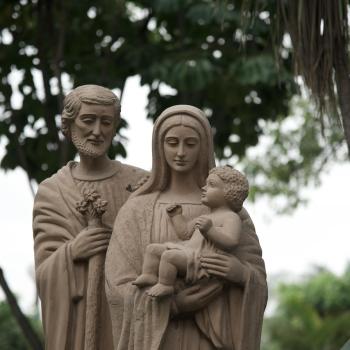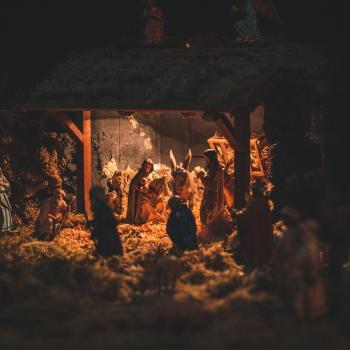“A rose by any other name would smell as sweet” (Shakespeare, Romeo and Juliet).
Since this sacrament is central to a Catholic understanding of the world, it is all the more important that we get to comprehend it as much as we can. There are many names we use to describe the Sacrament of the Eucharist, and each one can help us to appreciate different aspects of this great gift that we receive. By reflecting on the various names, we can deepen our understanding of this sacrament that is the “source and summit of ecclesial life” (Lumen Gentium, 11). “The inexhaustible richness of this sacrament is expressed in the different names we give it” (Catechism of the Catholic Church, 1328).
By reviewing Catechism numbers 1328-1332, we can dive into the five names of the Eucharist within Catholic theology.
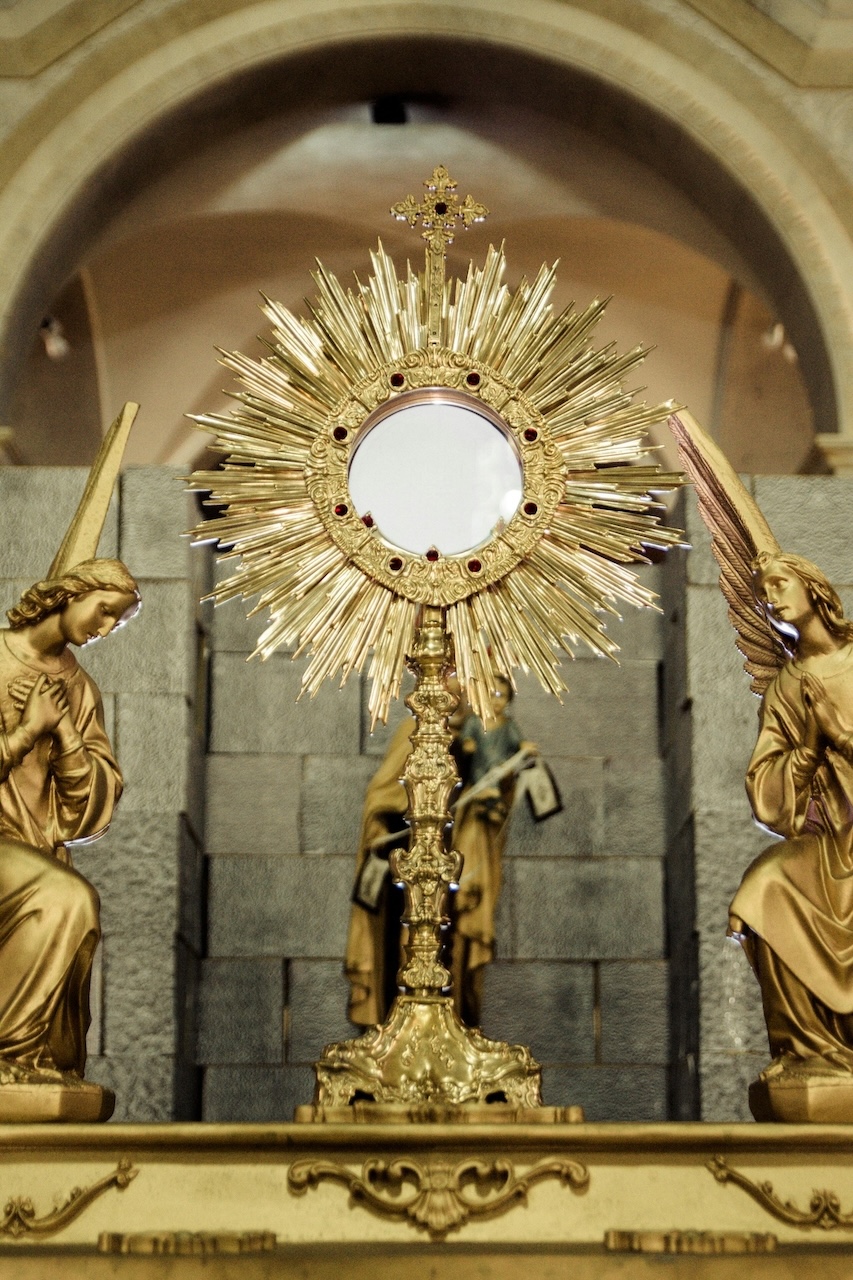
Eucharist (CCC 1328)
The most common name for this sacrament is the “Eucharist,” which means “thanksgiving.” This comes from the Greek word for giving thanks: eucharistein. This term recalls especially the way that the Jews would give thanks and praise God during their meals. There is an aspect of this sacrament that is very tied to eating, blessing God, and continually expressing our thanksgiving towards God.
Last Supper (CCC 1329)
The Eucharist was celebrated first at the Last Supper and reminds us of the wedding feast of the Lamb in the heavenly Jerusalem. The Book of Revelation seems to describe some apocalyptic event completely removed from our earthly experience. However, when we read it through the prism of the Eucharistic Celebration, it becomes a description of what we experience at every Mass. The Last Supper, being a Passover dinner, connects this sacrament to the Jewish tradition from the book of Exodus and reminds us that this is truly a meal. The Passover dinner had a lamb; the Mass has the Lamb of God: Jesus, the Lord. The sacraments use sensible objects to turn our minds to heavenly realities. Baptism reminds us of being born and the Eucharist reminds us of our need for eating.
Breaking of Bread
At the Last Supper, the New Testament text refers to the Eucharist as the Breaking of the Bread. This is a formula that we can read as a celebration of the Eucharist.
The action of breaking the bread recalls the actions of Jesus at the Last Supper, when he broke the bread before giving it to his disciples. One of the earliest names for the Eucharistic celebration is the breaking of the bread (Lk 24:35; Acts 2:42, 46) (USCCB, “Liturgy of the Eucharist).
For the Jews, there is a ritual aspect to breaking bread, which requires a blessing to be pronounced. Because this was the norm, we can assume that Jesus always did this when he broke bread; we even have evidence of him pronouncing this blessing, berakah, at the Last Supper. The disciples on the way to Emmaus also recognized Jesus through his “Breaking of the Bread,” After pronouncing the words of blessing, he disappeared from their sight.
They ask Christ to stay for supper. “And it happened that, while he was with them at table, he took bread, said the blessing, broke it, and gave it to them” (Luke 24:30). Yes, it is the Mass, to be sure. All the basic actions of the Eucharist are there: He took, blessed, broke and gave. They are the same actions that took place at the Last Supper and that we repeat at every Mass (Msgr. Charles Pope, “The Road to Emmaus: We Will Know Him in ‘the Breaking of the Bread’”).
We can the vanishing of Jesus this as him remaining under the species of bread and wine.
Eucharistic Assembly (synaxis)
We celebrate the Eucharist within the context of a gathering of the faithful around the Eucharistic table. Having this name helps us understand the communal aspect of the Eucharist. So many people who love the Eucharist concentrate on their own personal benefit, but they would do well to remember always that the whole Church participates each time that we celebrate the Sacrifice of the Mass. When we can feel that we are few at the Eucharistic table, we should allow the powerful reality of the Mystical Body of Christ to roll over us like a crashing wave. Thus, we become aware of our being in the center of the Church each time that we celebrate the Eucharist.
Memorial (CCC 1330)
At the Eucharist, we remember the Passion and Resurrection of Jesus. So, we have “memorial” as one of the names of the Eucharist. Recently, I attended a memorial mass for Bishop David O’Connell of the Archdiocese of Los Angeles, who passed away tragically just over a year ago. During the homily, the priest described Bishop Dave as a “practical mystic.” I was fascinated by this phrase because it describes the deceased so well and it gave me an ideal for which to strive in my own life. This is part of what it means to have a memorial—to reflect on the ways in which the person being memorialized was worthy of admiration and imitation. It is for this reason that, at the celebration of the Eucharist, we remember Christ–not as a pious practice, but so as to imitate him in our own lives.
Holy Sacrifice
As the Catechism of the Catholic Church says, one of the names of the Eucharist is “holy sacrifice”
because it makes present the one sacrifice of Christ the Savior and includes the Church’s offering. The terms holy sacrifice of the Mass, “sacrifice of praise,” spiritual sacrifice, pure and holy sacrifice are also used,150 since it completes and surpasses all the sacrifices of the Old Covenant (Catechism of the Catholic Church, 1330).
A sacrifice is an important religious rite common to all religions. Our modern world has lost contact with the importance of sacrifice, missing the true nature of the Mass. To enter into the mystery, we must recover the nature of the Eucharist.
Holy and Divine Liturgy
The liturgy is a service that man offers to God, as we get from the original Greek leitourguia. Originally, the word refers to the work of the people and becomes the work of the congregation worshiping God. Every time that we follow a liturgical rite, we are fulfilling this basic duty of man to worship God. For example, we all participate in the liturgy of the Church when we go to a Catholic burial or have a house blessing. Furthermore, priests, deacons, and religious recite the Liturgy of the Hours. Above all of these, however, is the Eucharistic Celebration and for this reason we can refer to it as the Holy or Divine Liturgy.
Holy Communion (CCC 1331)
Communion is about receiving Jesus under the appearance of bread and wine. We speak about the Eucharist as Communion especially when referring to receiving Jesus in the host during the Mass or during a Communion visit. This is why we refer to the non-ordained ministers who help distributing communion as “Extraordinary Ministers of Holy Communion.” Their role is primarily to distribute Communion when there are not sufficient “Eucharistic ministers,” (priests and deacons) available. Bringing communion to the sick is a beautiful and key service that these ministers can fulfill when when given this ministry role by their pastor. Because of the gravity of the responsibility, “all ministers of Holy Communion should show the greatest reverence for the Most Holy Eucharist by their demeanor, their attire, and the manner in which they handle the consecrated bread or wine” (USCCB, “Extraordinary Ministers of Holy Communion at Mass”).
Holy Mass (CCC 1332)
We call the Eucharistic Celebration “holy mass” because of its missionary quality. In the liturgy, the conclusion in Latin reads “ite, missa est.” The priest or deacon commissions us to go out and preach the Gospel as recorded at the end of the Gospel of St. Matthew: “Go, therefore, and make disciples of all nations, baptizing them in the name of the Father, and of the Son, and of the holy Spirit” (Mt. 28:19)
Which of these names used in the Catechism is most appealing to you? Did one of the names surprise you or teach you something new about the Eucharist? Please comment below.
Subscribe to the newsletter to never miss an article.
Looking for more articles on the Eucharist? Look no further.


